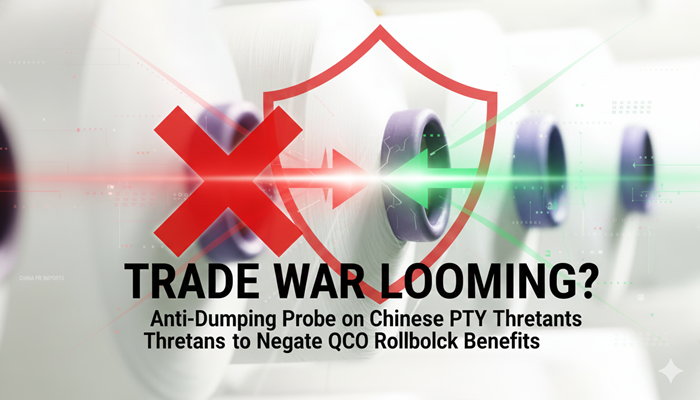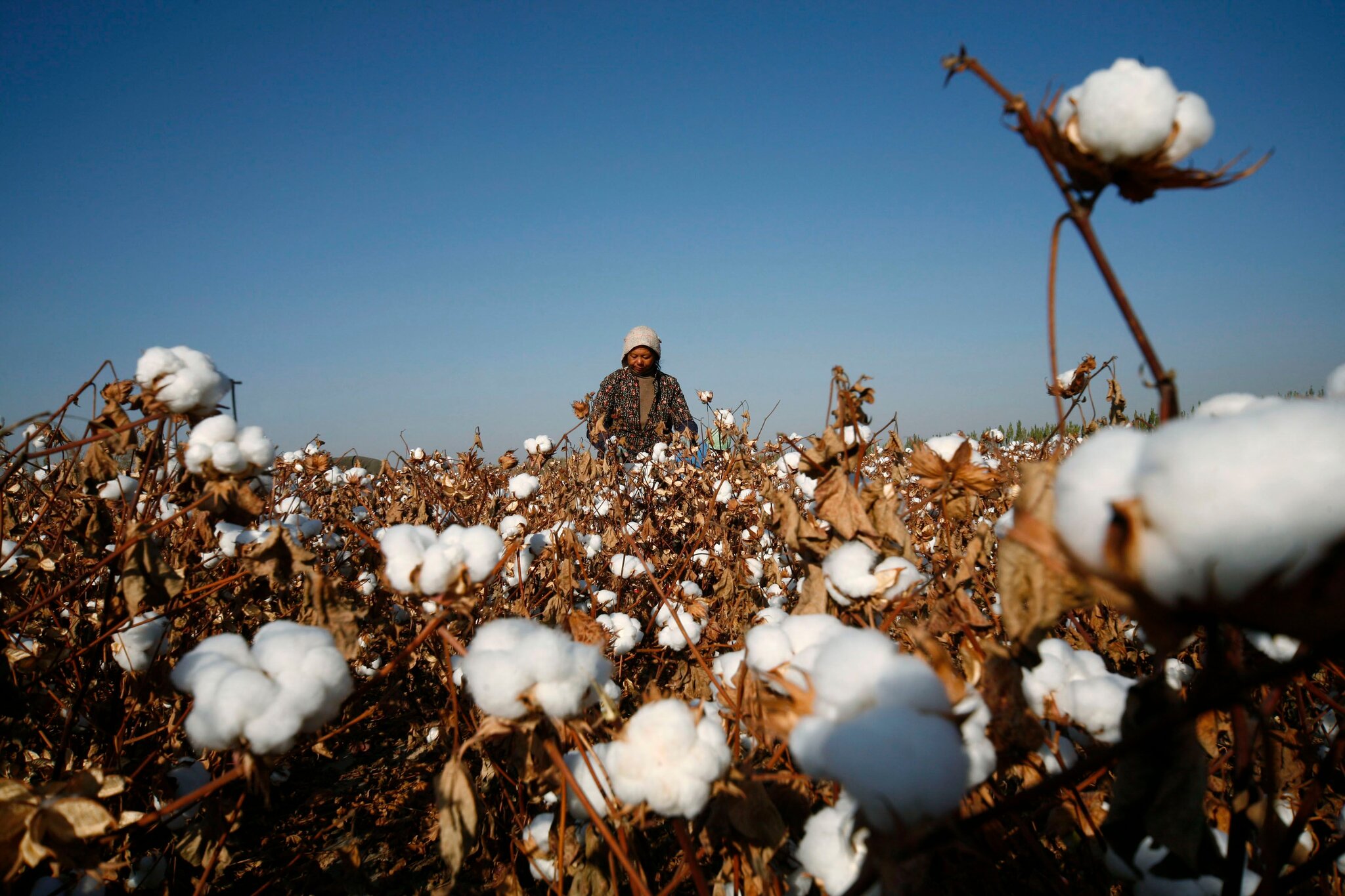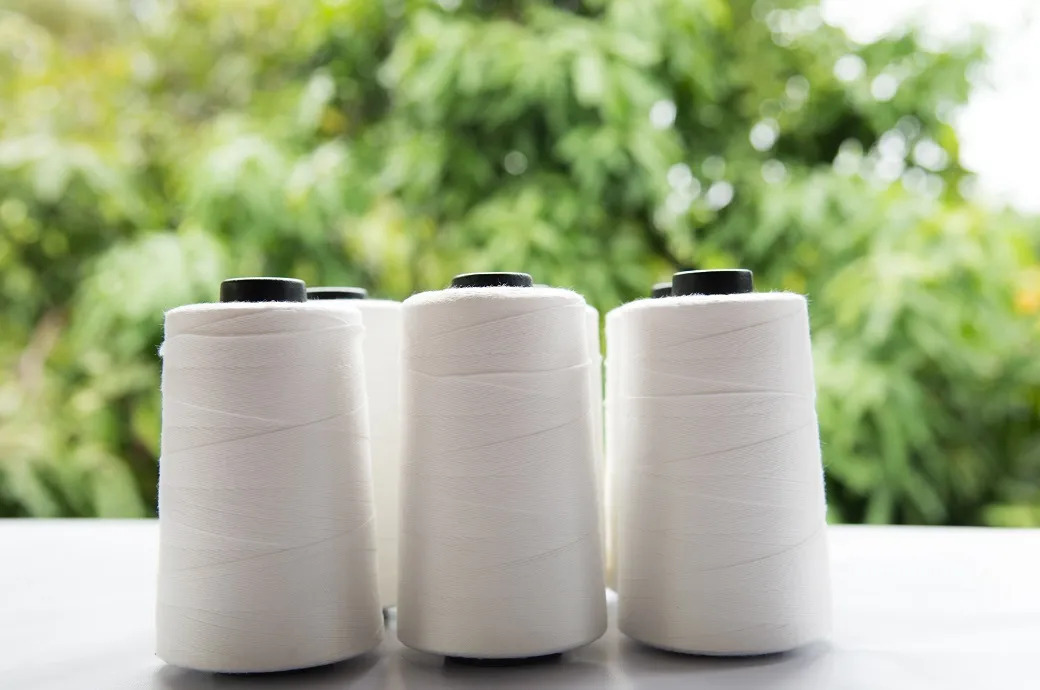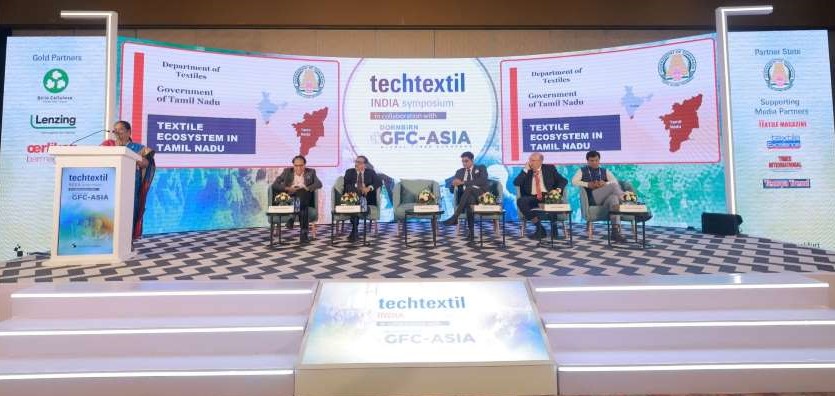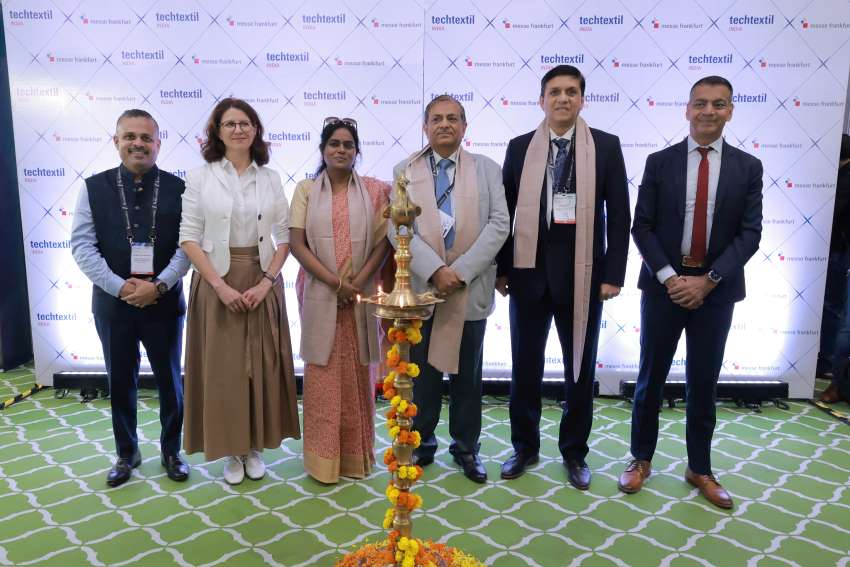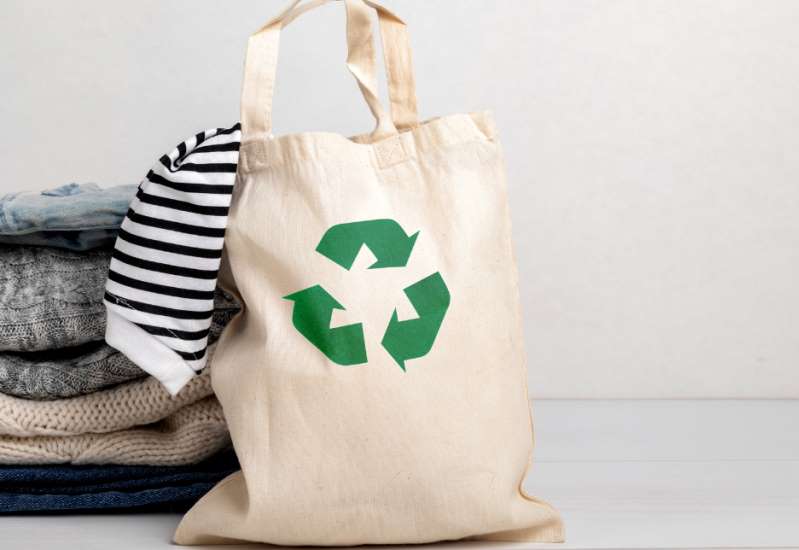
The European Commission has released its first Working Plan under the Ecodesign for Sustainable Products Regulation (ESPR), and textiles and apparel have been identified as the top priority. This initiative signals a major shift towards integrating sustainability into the textile industry, driven by the sector's significant environmental impact and market size.
The ESPR provides the legal framework for setting ecodesign requirements, aiming to promote more sustainable products across the EU market. The focus on textiles is part of a broader effort to meet the EU's climate, environmental, and energy efficiency objectives. “The ESPR is a key contribution to the Clean Industrial Deal's ambition to make the EU the world leader on circular economy by 2030,” the European Commission stated, emphasizing the regulation's role in fostering a circular economy.
Key changes and specifications for the textile industry
Textiles constitute a significant market in the EU, with substantial potential for environmental improvement. The EU market for textiles & apparel is €78 billion. Due to its vast size it has numerous potential for improvement in the product lifetime extension, material efficiency and to reduce their impact on water, waste generation, climate change and energy consumption.
The ESPR will bring about several changes for the textile and apparel industry, with specific requirements and timelines outlined in the working plan. The prioritization of textiles followed extensive consultations with stakeholders, including member states, industry representatives, academics, NGOs, and international partners. The final working plan was shaped by feedback from a public consultation in 2023 and discussions at the Ecodesign Forum in February 2025.
Table: ESPR timeframe for textile and apparel industry
|
Requirement |
Description |
Timeline |
|
Durability & Repairability |
Textiles must be designed to be more durable and easily repairable to extend product lifespan and reduce waste. |
2027 |
|
Material Efficiency & Recycled Content |
Regulations will mandate efficient use of materials and minimum percentages of recycled content in textile products. |
2027 |
|
Digital Product Passport |
A digital system to track environmental and material data across the supply chain, enhancing transparency. |
2027 |
|
Alignment with Textile Labelling Regulation |
Ensuring coherence with the revised Textile Labelling Regulation to provide clear consumer information. |
2027 |
Compliance and regulations
The textile industry will need to comply with a set of new regulations under the ESPR, aimed at fostering sustainability and reducing environmental impact. While the new regulations present challenges, they also offer opportunities for the textile industry to lead in circular design, transparency, and product traceability. Companies that embrace these changes can increase their competitiveness and meet the growing demand for sustainable products.
Highlighting the benefits of harmonized standard the European Commission points out, “Stakeholders support this initiative because it reduces compliance costs, simplifies the system and enables producers and consumers to benefit from the economies of scale that a market with 450 million consumers provide.”
Thus the prioritization of textiles under the ESPR marks a critical step towards a more sustainable future for the industry. By focusing on durability, material efficiency, and transparency, the EU is driving the textile sector towards greater environmental responsibility and circularity.




